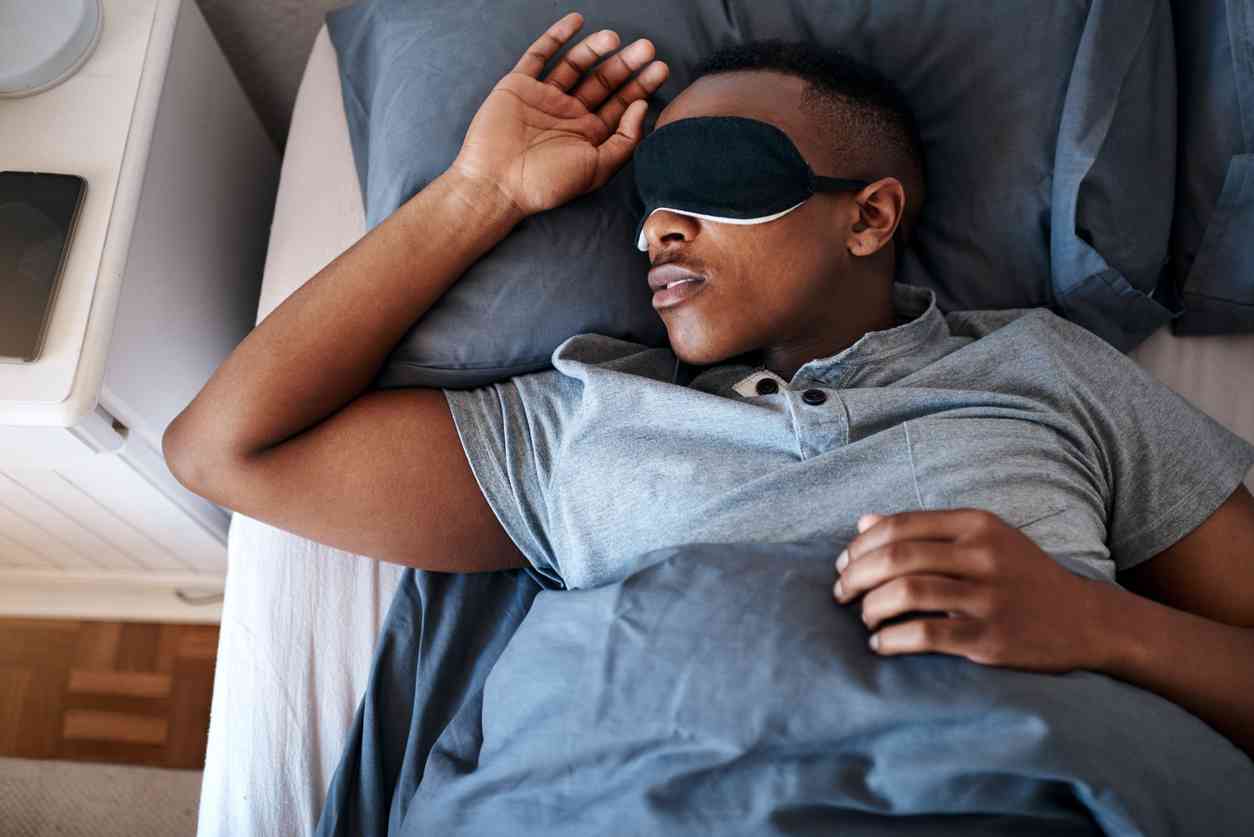
NARCOLEPSY is an incurable chronic neurological disorder that has an impact on the brain's ability to regulate sleep and wake cycles.
It is characterised by excessive sleeping during the day and suddenly falling asleep without warning.
A person suffering from narcolepsy may fall asleep even while talking or doing something. This can seriously affect day-to-day functioning.
Type 1 narcolepsy patients have cataplexy, a transient sudden loss of voluntary muscle control brought on by a strong emotional trigger such as laughing, fear, anger, surprise or excitement. Most people with type 2 narcolepsy do not have cataplexy.
Although narcolepsy has no cure, medicines and lifestyle changes can help manage the symptoms. In addition, support from family, friends, employers and teachers can help one cope with this condition.
Symptoms
One of the first symptoms of narcolepsy is extreme daytime sleepiness, which makes it hard to stay alert and focused.
You may fall asleep without warning anywhere and at any time. It may happen when you are bored or while talking or performing a task.
- Sally Mugabe renal unit disappears
- Chaos as NatPharm fails to supply drugs
- Gwanda homeseekers confront land developer
- Hospitals turn away pregnant women
Keep Reading
Falling asleep while working on machinery or driving is especially dangerous, so those with narcolepsy are limited in what they can safely do.
Sleep may last only a few minutes or up to half an hour. After waking up, you feel refreshed but become sleepy again.
Cataplexy can cause slurred speech or complete weakness of most muscles for up to a few minutes. Intense emotions, such as excitement, fear, surprise, anger or laughter can trigger the loss of muscle control.
For example, when you laugh, your head may droop. Your knees may suddenly lose strength, causing you to fall.
Another possible symptom of narcolepsy is sleep paralysis. During sleep paralysis, you cannot move or speak while falling asleep or upon waking. Although the paralysis is usually brief, lasting just a few seconds or minutes, it can be frightening.
Another possible symptom is changes in rapid eye movement (REM) sleep, when most dreaming happens. You generally enter REM sleep 60 to 90 minutes after falling asleep. If you have narcolepsy, REM sleep may begin within 15 minutes of falling asleep.
Cataplexy, sleep paralysis and hallucinations may occur with narcolepsy while you are awake or sleepy.
Other sleep symptoms associated with narcolepsy include obstructive sleep apnoea, in which breathing starts and stops during the night. You may act out your dreams, a condition called REM sleep behaviour disorder, or have insomnia, where falling asleep or staying asleep is difficult.
Causes
The precise cause of narcolepsy is unknown. With type 1 narcolepsy you may experience low levels of hypocretin, also known as orexin.
Hypocretin is a chemical in the brain that helps control being awake and entering REM sleep.
Your hypocretin levels are low if you have cataplexy. Exactly what causes the loss of hypocretin-producing cells in the brain is also unknown.
However, scientists suspect it may be caused by an autoimmune reaction, where your body's immune system destroys its own cells. It is also likely that genetics play a role.
Narcolepsy typically begins between ages 10 and 30. Your risk of narcolepsy is 20 to 40 times higher if you have a close family member who has it.
Complications
Narcolepsy can affect work, school or your personal life and people’s perceptions of you. Some people might consider you lazy, not realising you have a medical condition.
Narcolepsy can also affect intimate relationships. Because intense feelings such as anger or joy may trigger cataplexy, some people with type 1 narcolepsy may tend to withdraw from emotional interactions.
Falling asleep suddenly may result in physical harm and injury. You are at risk of a car accident if you fall asleep while driving.
If you fall asleep while cooking or working with machinery; you may suffer burns or bodily injury.
People with narcolepsy are likely to be overweight, as weight sometimes goes up quickly when symptoms start.
Treatment
Although there is no cure for narcolepsy, medication and lifestyle changes can help manage the symptoms.
Medicines that stimulate the central nervous system are the main treatment to help people with narcolepsy stay awake during the day.
Medication to suppress REM sleep may be prescribed to help ease the symptoms of cataplexy, hallucinations and sleep paralysis. Tricyclic antidepressants can also be used to treat cataplexy but may result in a dry mouth and light-headedness.
Lifestyle changes
Taking strategically scheduled naps during the day is one of the most effective ways to counter the daytime sleepiness. Naps of 20 minutes during the day may be refreshing and reduce sleepiness for one to three hours.
Some people may need longer naps.
Nap in a place that is cool, quiet and dark. Set an alarm so you do not sleep too long.
A regular bedtime schedule can help you sleep better at night. Go to bed and wake up at around the same time every day to make sure you have enough sleep.
Adjust your daily schedule to accommodate your narcolepsy. If you work or attend school, talk to your supervisor or teacher about how you can limit the duration of some of your shifts or classes.
Exercise regularly. Being active can improve your mood as well. Exercise while it is light outside.
Moderate, regular exercise at least four to five hours before bedtime may help you sleep better at night and feel more awake during the day.
Avoid smoking and alcohol, especially at night, as they can worsen your symptoms.
Eat healthily. The iGo recipe book offers suggestions for healthy meals. There is no specific diet for narcolepsy but some people suffering from it have found a keto diet helps.
A dietician should be able to offer advice on this.
Cimas members can contact the iGo dietician.
Explain to your friends, workmates and supervisor what narcolepsy is and that it can often be managed successfully with medication and lifestyle adjustments.
This will help them understand how it can affect you and what they can do to help you manage it.
The information in this article is provided as a public service by the Cimas iGo Wellness programme, which is designed to promote good health. It is provided for general information only and should not be construed as medical advice. Readers should consult their doctor or clinic on any matter related to their health or the treatment of any health problem. — [email protected] or WhatsApp 0772 161 829 or phone 024-2773 0663.











